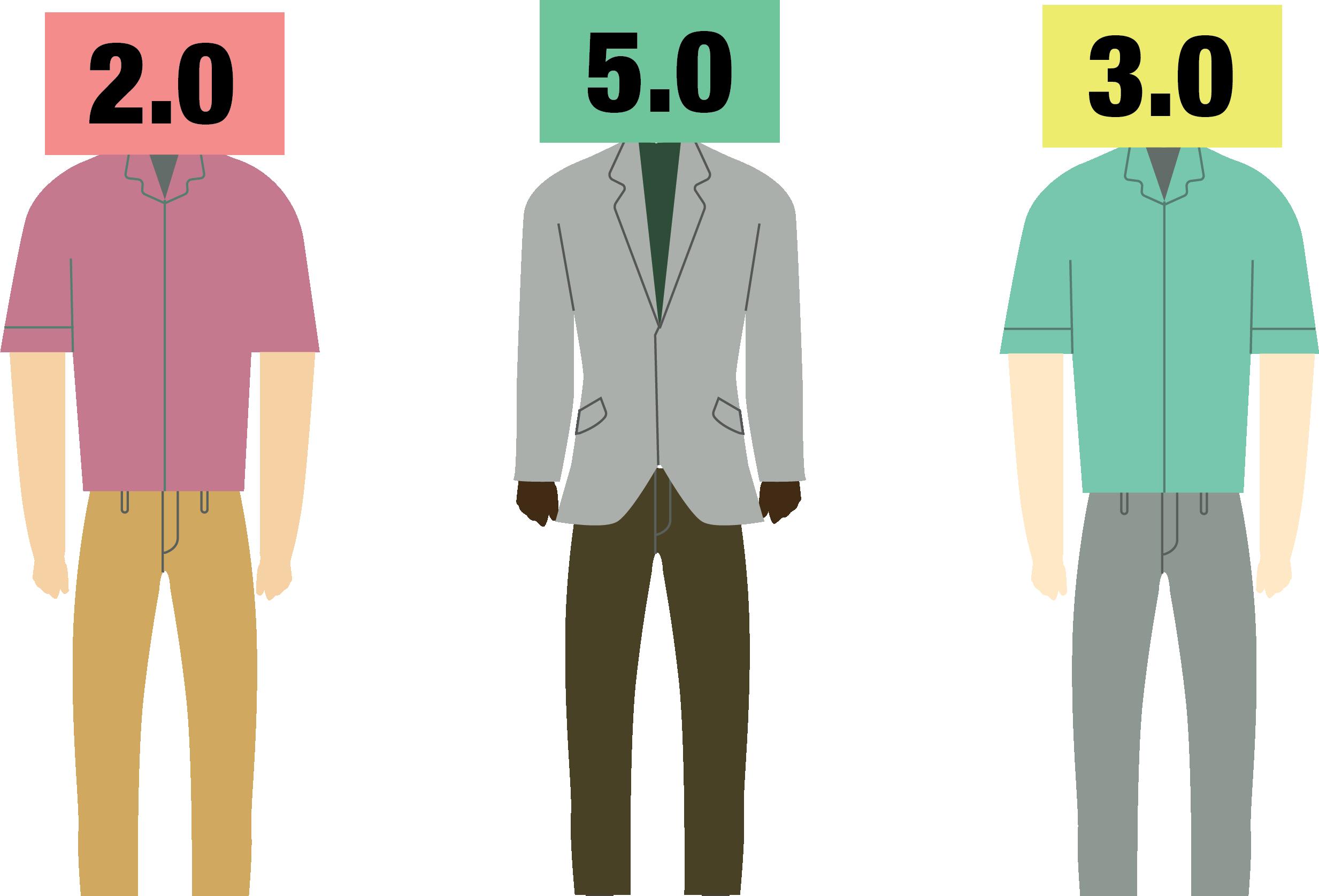
3 minute read
Students make sacrifices to get “good” professors Ratings & approvals
from The Breeze 2.23.23
by The Breeze
By BRIANNA THWEATT The Breeze
Class registration occurs just a few months before the semester begins, and for some students like sophomore Maddie Tardif, this proves to be stressful. During this time, students are often racing against one another to get classes, but what really makes this time so hectic is the battle over “good professors,” several students told The Breeze.
Advertisement
A good professor can mean a plethora of things, but according to these students, the general definition has come from the popular website Rate My Professors, which allows students from institutions in the U.S., Canada and the U.K. to internationally evaluate their professors and give them ratings based on categories such as requiring a textbook, class difficulty, grades and attendance. Besides professors, the site also allows students to rate universities as a whole.
“I used it to ensure that I was going to have a professor who best fits my educational needs and that didn’t have a bad rating,” Tardif said.
Tardif isn’t alone when it comes to wanting a “good professor” for the semester. Rate My Professors allows JMU students specifically to define who they think is and isn’t a good professor at JMU.
Whether students feel there are “bad professors” or not, many said they make sacrifices in order to take professors with high-rating classes, including willingly waking up earlier or staying out later.
In JMU freshman Treya Gunn’s case, she said she’d be willing to take an early morning class to get the professor that she wants. If the professor is “great,” she said, it makes the early-morning factor “not too bad and ultimately balances it out.”
JMU junior Tyree Waller recalled a time in which he purposefully
“messed up a schedule” just to fit in one good professor. Similarly, Tardif said she’ll wait to take a class until she’s able to select a professor with high ratings to avoid bringing “unnecessary stress” upon herself because she views herself as a “hands-on learner” and needs that engagement within the classroom to succeed.
Gunn compared choosing classes taught by good professors to going to a restaurant.
“I believe that students want the best review for what they spend their time and money on, just as we look at the reviews for a restaurant before we go to sit down,” Gunn said.
Waller described a good professor as someone who’s “cooperative, properly teaches the class and essentially makes the class interesting.” In alignment with Waller’s description, this would correspond to roughly a 5-point rating — out of 5 — on Rate My Professors and the site would label that professor as “awesome” or “great,” meaning the “good professor” would be in high demand among students, making not only the professor popular but the classes they teach, too, he said.
“[Good professors] tend to have full classes or close to full by the time of the enrollment date,” Waller said.
Students are also able to make comments on the professor beyond just rating them on a scale. Tardif said she pays close attention to the additional reviews. These comments often provide classspecific details made by students who’ve previously taken the class, including remarks about communication between themselves and the professor, workload and grading.
While Tardif said she does read the comments, she also takes note that people’s experience with a professor may differ and that comments both positive or negative are just “one’s own experience with that professor.”
Several students told The Breeze that poor reviews and low ratings can dissuade them from taking classes with certain professors.
“I would define a bad professor as neglectful, short-tempered and harsh,” Gunn said. “If a student feels scared to speak to their professor because of their behavior, I believe that is all that is needed to brand them as a bad professor.”
Waller defined having a “bad professor” in the same terms as a professor having a rating below 3 on the Rate My Professors scale or “someone who doesn’t work well with students.”
“If they are rated poorly, they were rated that for a reason,” Waller said. “If their rating is low and a reason is provided, I wouldn’t take it unless I had no other option.”
Students, however, aren’t the only ones on campus who feel the repercussions of Rate My Professors. Elisabeth Kvernen, a media arts and design (SMAD) professor, expressed her thoughts about the platform.
“Professors have a lot of power in the classroom space,” Kvernen said, “and it’s a positive thing for students to have to share these things.”
Since Rate My Professors allows students to make comments, Kvernen said she’s able to critique her courses where she sees fit.
“Every once in a while, students will come through with specific complaints or concerns,” Kvernen said. “I try to understand what they might be referring to, whether it be one person’s experience or if it is something I should really be paying attention to.”
CONTACT BriAnna Thweatt at thweatbf@dukes.jmu.edu. For more coverage of JMU and Harrisonburg news, follow the news desk on Twitter @BreezeNewsJMU.










